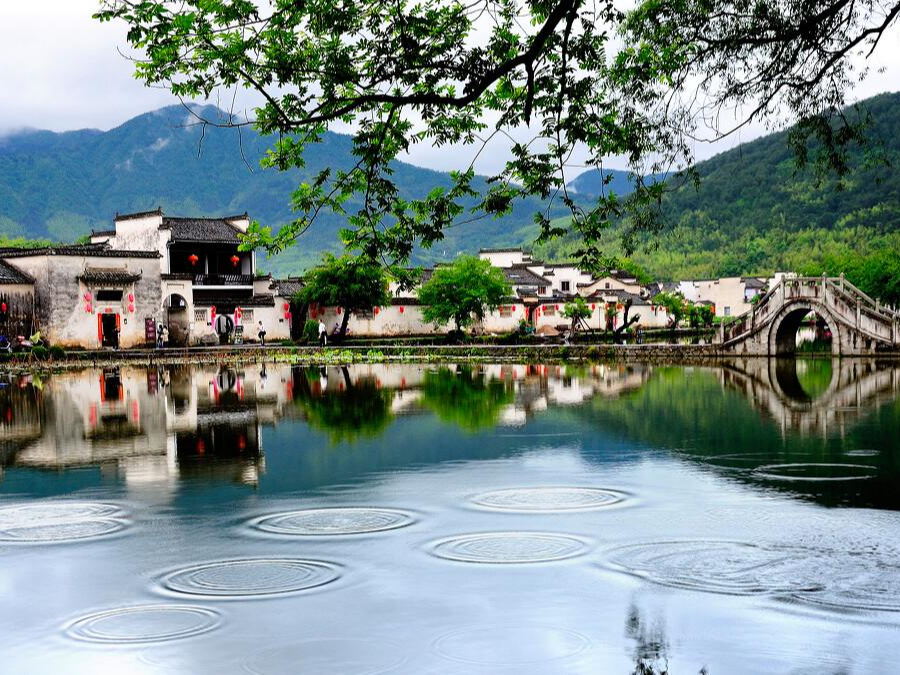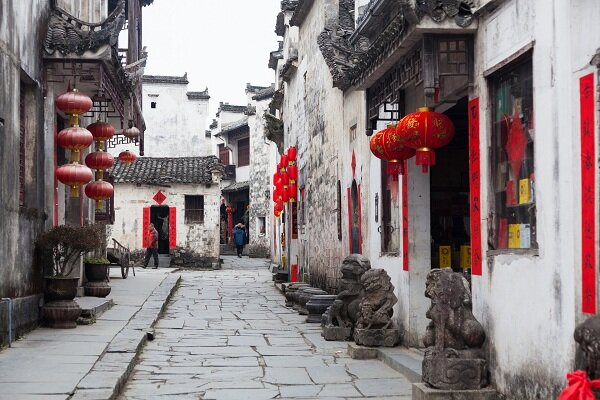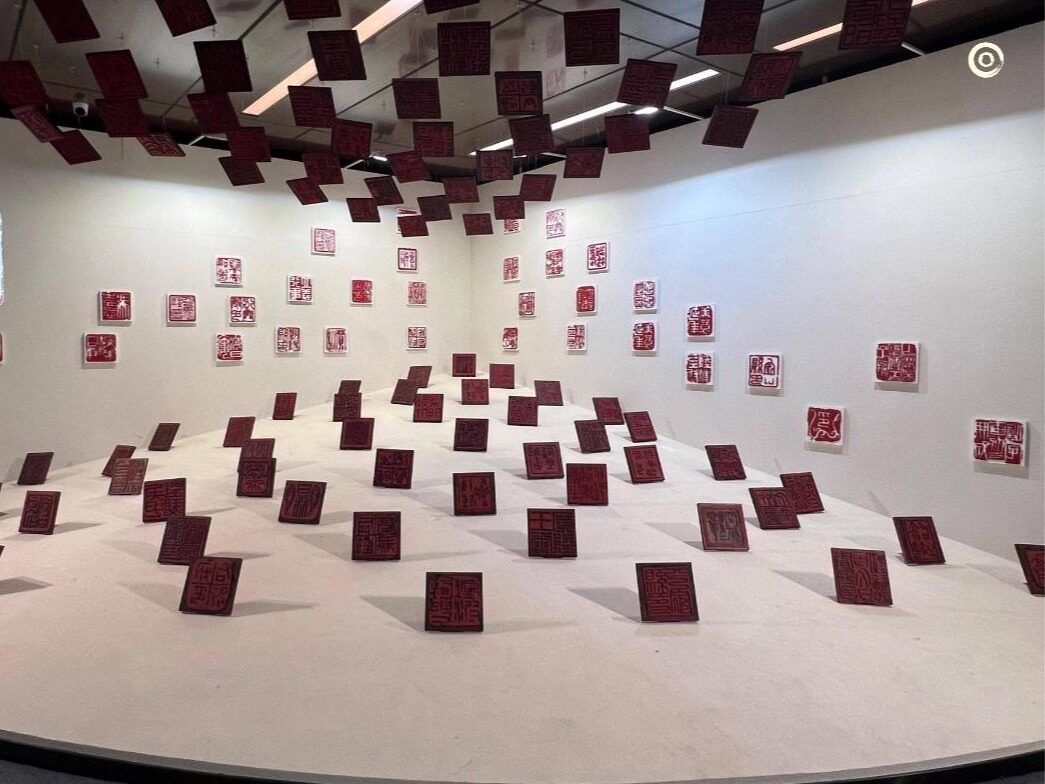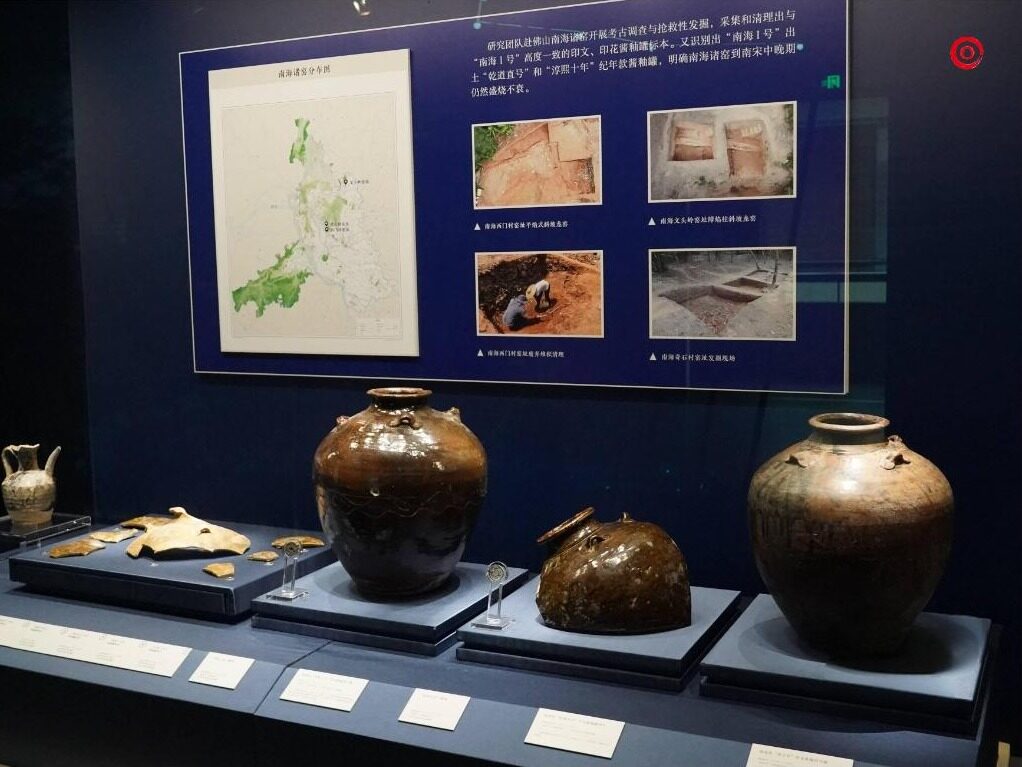- Xidi and Hongcun are typical representatives of Huizhou architecture, and the bull-shaped water system of Hongcun is a major feature

The ancient villages in southern Anhui are located in the east of Yixian County, Anhui Province, represented by Xidi Village and Hongcun Village. Xidi Village has well preserved the typical Ming and Qing ancient village styles, and is known as the "living ancient dwelling museum". Xidi Village has a history of more than 950 years. Hongcun was built in 1131. There are 137 existing Ming and Qing ancient buildings. It is the carrier of Huizhou culture, a typical representative of the later period of Chinese feudal society. It embodies the exquisite craftsmanship of Huizhou residential characteristics.
Among them, the unique water system of Xidi and Hongcun is a model of water conservancy projects that combine practicality and aesthetics. In particular, the bull-shaped water system of Hongcun deeply embodies the excellent wisdom of mankind to use and transform nature.

Xidi Village
Xidi was founded in the 11th century AD during the Yuanyou (Song Zhezong) period of the Song Dynasty. As the river flows westward through the village, it was originally called Xichuan. Because there was a post in the west of the village, it was called Pudi Suo, so it was named Xidi, known as the family in Taohuayuan.
From the 18th to the 19th century, Xidi’s prosperity reached its peak, when there were about 600 houses in the village.

The houses of every family in Xidi Village are quite rich and elegant, with exquisite gardens, door frames made of black marble, leaking windows, stone carvings of exotic flowers, birds and beasts, brick terraces and pavilions, characters and dramas, and exquisite The woodcarvings, colorful paintings and bi-paintings all embody the essence of ancient Chinese art. Its layout, ingenious structure, beautiful decoration, fine construction, and deep cultural connotation are rare in the ancient residential buildings in China, and it is a jewel in the Hui style residential buildings.

Hongcun
Located at the foot of Huangshan Mountain in southern Anhui Province, China, Hongcun is an ancient village with a large number of historical buildings from the Ming and Qing Dynasties. The village has also built a complete water system and a distinctive bull-shaped layout, which is a typical representative of Huizhou residential buildings.
The village was built in the third year of Zhenghe in the Northern Song Dynasty (1113). It was originally called Hongcun and was the settlement of the Wang family. Later changed its name to Hongcun.
A major feature of Hongcun is that it has a complete water supply system. The villagers introduced the river water from the west of the village into the village, and dug a nearly 1-meter wide ditch with nine bends and ten bends to provide domestic water for every household, and also played a role in regulating temperature and beautifying the environment. The canyon forms a half-moon-shaped moon marsh in the middle of the village, and a bow-shaped South Lake in the south, forming the unique style of Hongcun.
Another major feature of Hongcun is that its plan adopts a bionic bull-shaped layout. Taking Leigang Mountain as the ox head, two ancient trees at the entrance of the village as ox horns, moon marsh as ox heart, Nanhu as tripe, winding canal as ox intestine, residential buildings as ox bodies, and four ancient bridges as ox feet. Vividly, the mountain is called the ox head tree as the horn, and the bridge is the four hoof house.

Xidi and Hongcun are backed by beautiful green hills, and Qingliu embraces the villages. Hundreds of houses from Ming and Qing dynasties stand quietly. The tall and majestic horse head wall has a proud and dazzling expression, but also has a glorious charm; the gray walls are painted with mottled lines by time, and have a dignified and calm effect; there are also clan poetry halls, academies, archways and Genealogy. Walking into the houses, you can see the magnificent brick carvings, stone carvings, and wood carvings. Door covers, patios, gardens, leaky windows, beams, screens, and furniture all silently display elaborate designs and exquisite craftsmanship. Editor/He Yuting
Comment
 Praise
Praise
 Collect
Collect
 Comment
Comment
 Search
Search














Write something~